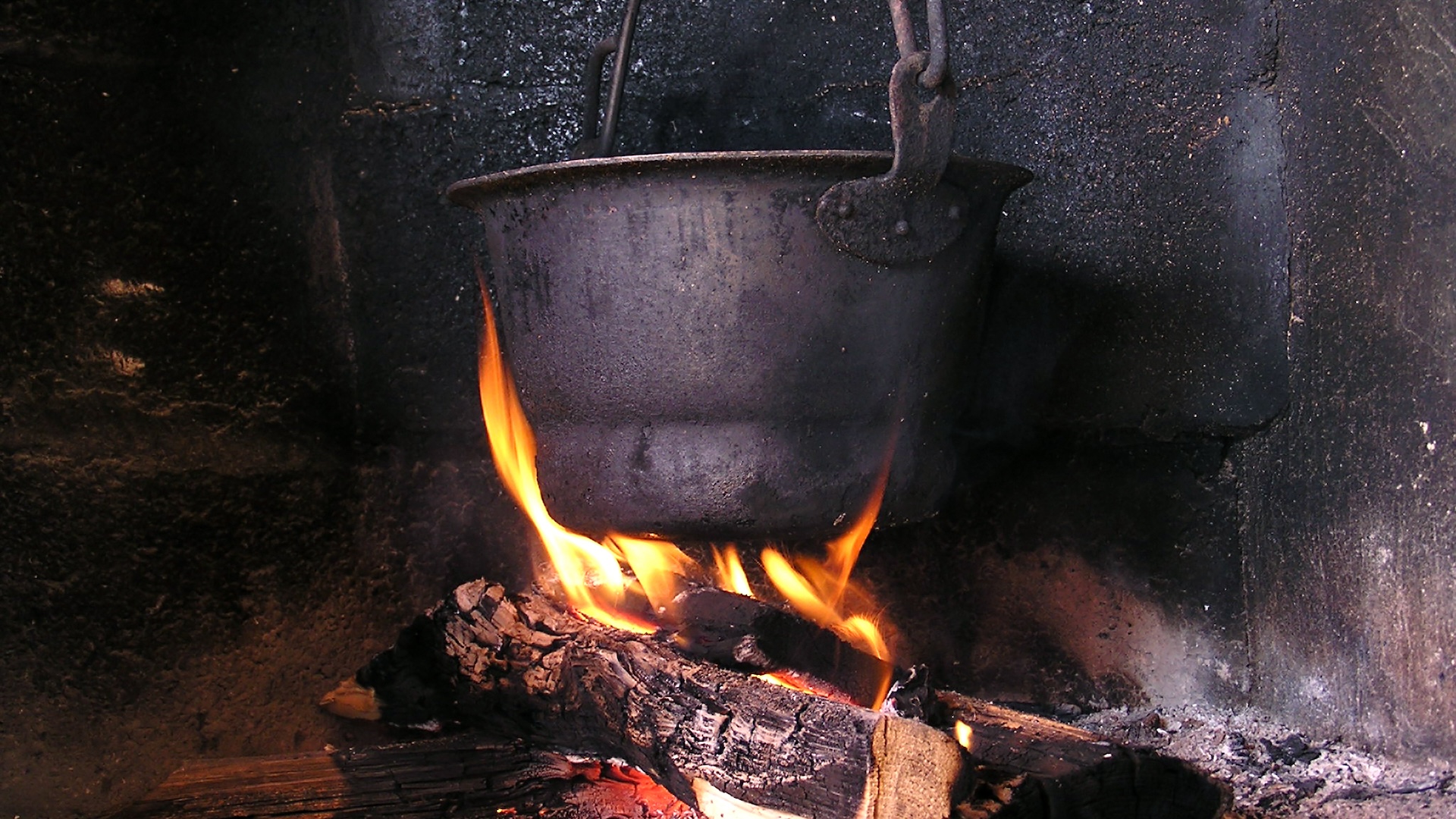
Meltwater Could Paradoxically Slow Glacier Flow
It is well established that the glaciers that flow from Greenland's massive ice sheet like rivers of ice are, in some cases, sliding toward the sea much more quickly than they did in the past.
Many scientists have suspected that global warming was behind the speed-up in the process, and that as temperatures continued to climb, the glaciers would melt faster and faster. But new research indicates this may not be the whole story.
Here's how many scientists thought it worked: Warmer temperatures melt ice on the surface of the ice sheet; that "meltwater" snakes down through cracks in the ice down to the bedrock, where it forms nature's version of a Slip 'N Slide, lubricating the bottom of the ice sheet, and speeding its journey toward the sea.
Not so fast, said Christian Schoof, an assistant professor at the Department of Earth and Ocean Sciences at the University of British Columbia in Canada, and author of a new study published in the Dec. 9 issue of the journal Nature.
"What I find is that if you put enough water into the base, then the water can essentially erode a channel into the base of the ice," Schoof told OurAmazingPlanet, "and that allows all this lubricating meltwater to drain out."
Schoof said this means that an increase in meltwater can actually slow the ice sheet's inevitable progress to the sea.
Instead of overall warming and melting, Schoof said a mathematical model he developed to study glacier melt demonstrates it is sudden floods of water that cause the ice sheet to lurch forward.
Sign up for the Live Science daily newsletter now
Get the world’s most fascinating discoveries delivered straight to your inbox.
Those floods can come from various sources — intense rain storms, or from the sudden rupturing of meltwater lakes that form on the top of the ice sheet.
Scientists have indeed observed that the glaciers of the ice sheet are subject to mysterious fits of whimsy, speeding up and slowing down sometimes over the course of just an afternoon. But despite its fits and starts, the ice sheet is continuing to disappear.
Just how fast this process is occurring has big implications for global sea level rise. Since the 1990s, the ice sheet, which covers about 80 percent of Greenland, has lost roughly 100 billion tons of ice per year, much of it gobbled up by the ocean.
If the entire Greenland ice sheet were to melt, according to the most recent data from the Intergovernmental Panel on Climate Change, sea levels could rise by as much as 20 feet (6 m).
With Schoof's model, scientists may be able to fine-tune projections for how fast this is happening.
"The most interesting part is that now we have this framework we can use to make testable predictions," said Thomas Neumann, a physical scientist at NASA's Goddard Space Flight Center in Greenbelt, Md.
"It puts a lot of the observations that we've made for years in context," Neumann told OurAmazingPlanet.
Schoof said his model can be applied to other Arctic glaciers, where data show ice is also disappearing — and perhaps this new understanding of the physics of ice flow and melt will show that warming temperatures alone aren't the culprit.
"The news is not terrible," Schoof said, "but it's not great, either."
- Glaciers May Have Soggier Bottoms Than Thought
- Image Gallery: Glaciers Before & After
- In Images: Trekking to a Treacherous Glacier
This article is provided by OurAmazingPlanet, a sister site of LiveScience.










